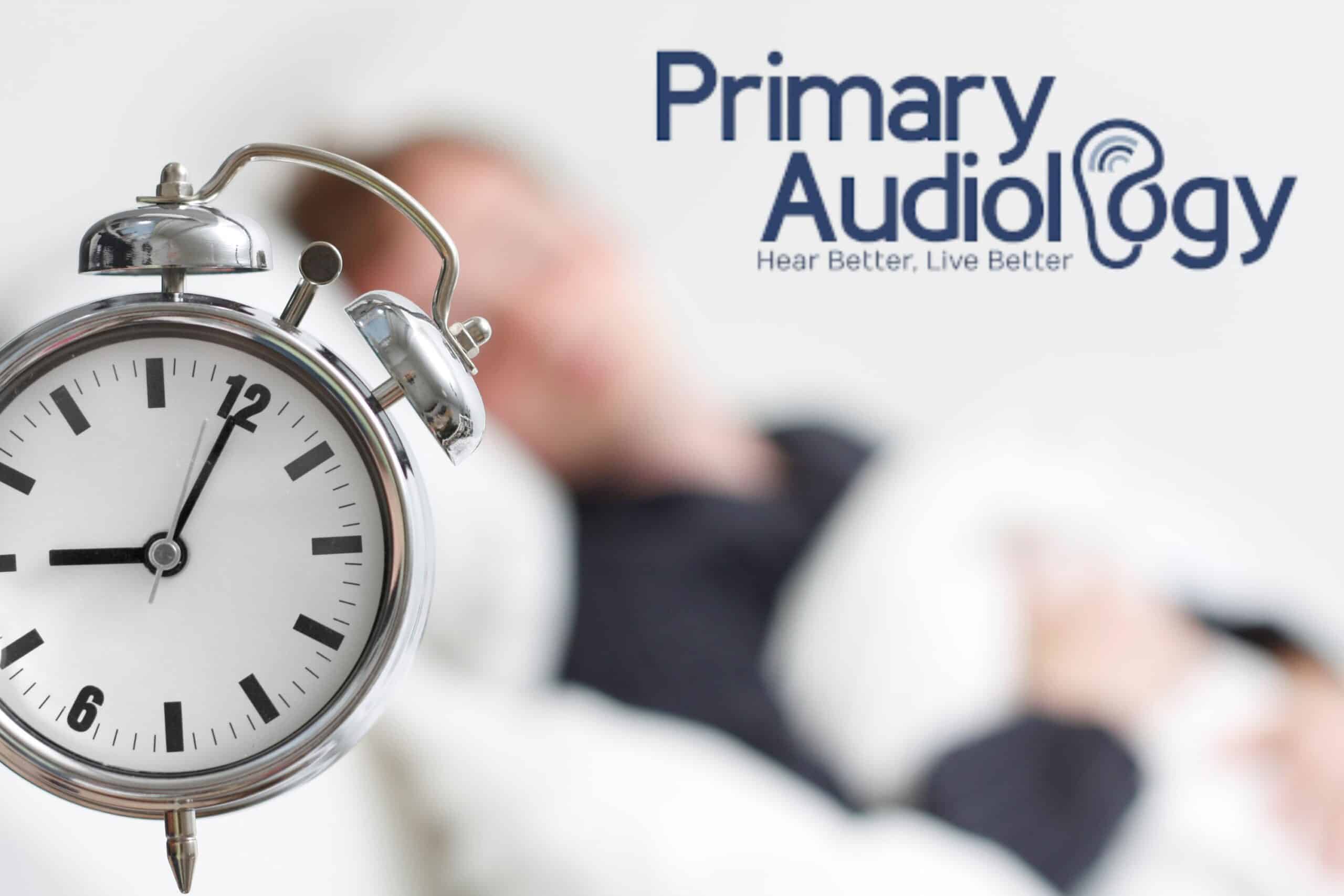Hearing loss is a widespread condition that affects millions of people worldwide. Unfortunately, there are many misconceptions and misunderstandings surrounding this important health issue. In this article, we aim to debunk some of the most common myths surrounding hearing loss. By dispelling these misconceptions, we hope to increase awareness and promote better hearing health for all. So let’s dive in and separate fact from fiction!
Myth #1: Only elderly people experience hearing loss
Contrary to popular belief, hearing loss is not exclusive to older individuals. While it is true that age-related hearing loss is more prevalent among seniors, people of all ages can be affected. In fact, according to the World Health Organization, approximately 1.1 billion young adults and teenagers are at risk of hearing loss due to recreational noise exposure. Noise-induced hearing loss is a growing concern, especially among the younger generation.
Regular hearing screenings are crucial for early detection and intervention, regardless of age. By identifying and addressing hearing loss in its early stages, we can prevent further damage and improve overall hearing health.
Myth #2: Hearing loss is a normal part of aging
While it is true that hearing loss becomes more common as we age, it is not an inevitable consequence of getting older. Age-related hearing loss, also known as presbycusis, is influenced by a variety of factors, including genetics, exposure to loud noise throughout life, and certain medical conditions like hypertension and diabetes. Not everyone will experience the same degree of hearing loss as they age.
Early intervention is key in managing age-related hearing loss. Seeking professional help and exploring treatment options can significantly improve quality of life and slow the progression of hearing loss.
Myth #3: Hearing aids make hearing loss worse
One of the most pervasive myths about hearing aids is that they make hearing loss worse. This misunderstanding stems from outdated perceptions of hearing aid technology. In reality, modern hearing aids are sophisticated devices designed to amplify sound and improve hearing abilities.
Hearing aids work by amplifying the sounds that the wearer struggles to hear, helping to restore communication and enhance overall quality of life. They are customized to each individual’s unique hearing needs. Advancements in hearing aid technology have led to smaller, more discreet devices with improved sound quality and additional features such as Bluetooth connectivity and noise reduction.
Myth #4: Hearing loss only affects the ability to hear sounds
Hearing loss goes beyond simply struggling to hear sounds. It has far-reaching impacts on various aspects of life, including social interactions, emotional well-being, and cognitive function.
Untreated hearing loss can lead to feelings of isolation and frustration, as individuals may find themselves struggling to follow conversations, missing important information, or feeling disconnected from loved ones. It can also contribute to mental health issues such as depression and anxiety.
Additionally, studies have shown a correlation between hearing loss and cognitive decline. Research suggests that untreated hearing loss may increase the risk of developing cognitive disorders, including dementia and Alzheimer’s disease.
To mitigate these potential consequences, it is important to seek comprehensive hearing evaluations and personalized treatment plans from hearing care professionals. Addressing hearing loss early can greatly improve overall quality of life.
Myth #5: Hearing loss cannot be prevented
Contrary to popular belief, not all hearing loss is irreversible. While some types of hearing loss may be permanent or progressive, there are proactive steps we can take to prevent certain types of hearing loss.
One of the most effective preventive measures is protecting our ears from loud noises. Constant exposure to loud sounds, whether from recreational activities like concerts or occupational settings like construction sites, can damage our hearing over time. Wearing ear protection, such as earmuffs or earplugs, can significantly reduce the risk of noise-induced hearing loss.
Maintaining ear health is also essential. Avoid inserting foreign objects into the ear canal, clean ears gently with a washcloth, and avoid using cotton swabs, as they can potentially damage the ear.
Furthermore, certain medications can have ototoxic effects, meaning they can impair hearing. It is important to consult with healthcare professionals and understand the potential side effects of medications that may impact hearing health.
Regular hearing check-ups are vital for early detection and intervention. By monitoring our hearing regularly, we can catch any changes or issues early on and take appropriate action.
Understanding the truth behind common misconceptions surrounding hearing loss is crucial for promoting better hearing health. Whether you’re young or old, it is essential to prioritize regular hearing screenings, seek professional help, and explore treatment options if needed. By debunking these myths, we can take steps toward a society that values and prioritizes hearing health. Let’s raise awareness, spread accurate information, and ensure that everyone can access the resources and support they need for optimal hearing health throughout their lives.


